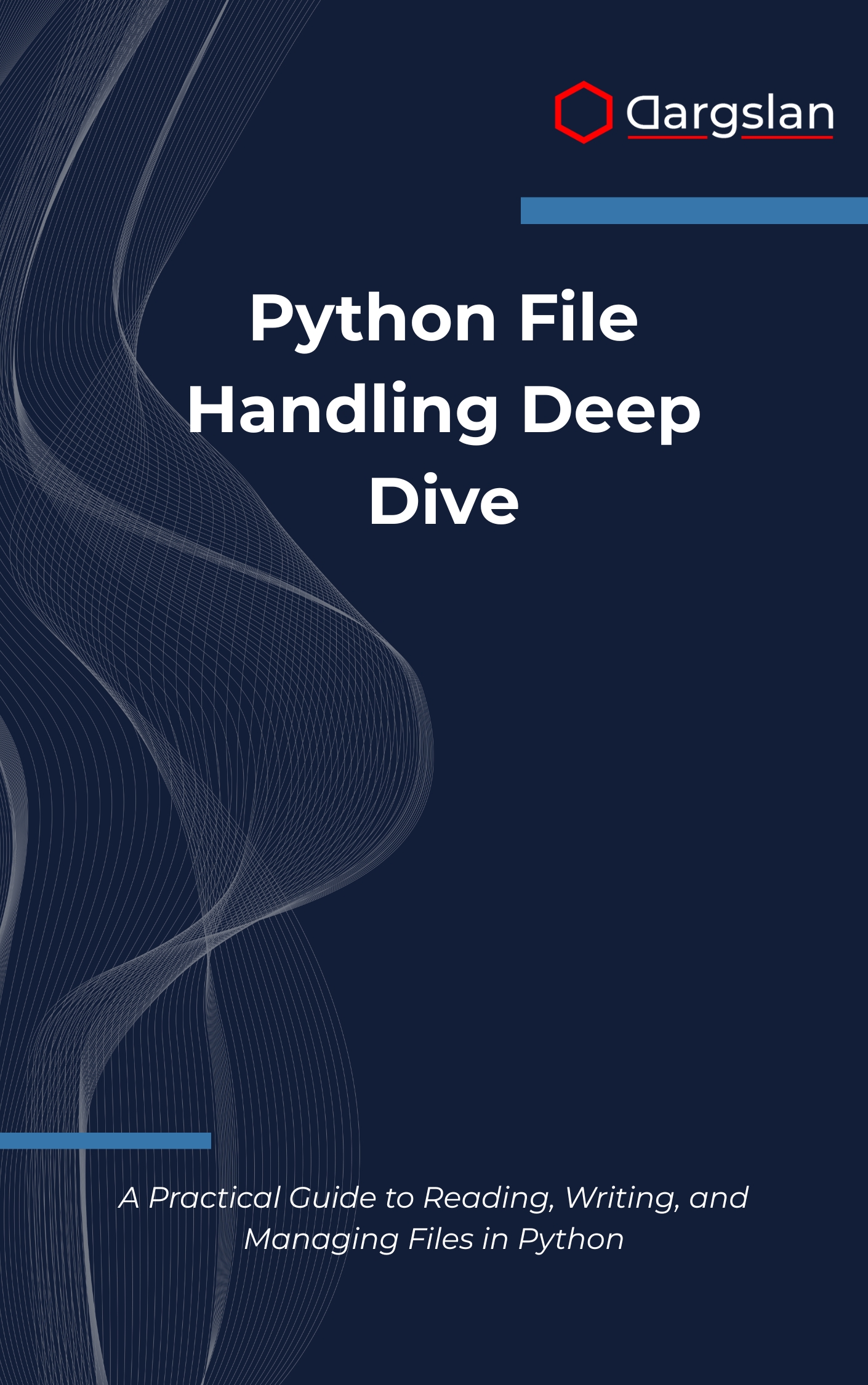Python File Handling Deep Dive
Python File Handling Deep Dive: A Practical Guide to Reading, Writing, and Managing Files in Python,Learn to read, write, and manage files in Python with hands-on, practical examples.

If your Python projects touch the file system, your productivity and reliability depend on how well you read, write, and manage data on disk. This expert-crafted guide turns everyday I/O into a strength, helping you ship faster, reduce bugs, and make smarter technical decisions in any environment.
A Practical Guide to Reading, Writing, and Managing Files in Python
Overview
Python File Handling Deep Dive is an IT book and programming guide that delivers a complete roadmap to professional file operations. As A Practical Guide to Reading, Writing, and Managing Files in Python, it covers essential and advanced patterns used in real applications across web development, data analysis, DevOps, and automation. The book blends clarity with depth, making it a highly usable technical book for everyday reference.
Inside, you’ll master file reading and writing using robust context managers, explore binary file operations, and build reliable pipelines with CSV handling and JSON processing. You’ll compare the classic os tools with the modern pathlib module for clean file paths and cross-platform code. The coverage extends to error handling, temporary files, file compression, text encoding, automation, file system navigation, archive operations, and file utilities development—everything you need to move confidently from simple scripts to production-grade solutions in Python.
Who This Book Is For
- New and intermediate Python developers who want to eliminate guesswork and learn dependable patterns for reading, writing, and organizing files with clarity and confidence.
- Data analysts and scientists aiming to build resilient pipelines for CSV and JSON, handle text encoding safely, and process large datasets without memory bottlenecks.
- Backend engineers, DevOps practitioners, and automation pros ready to harden scripts, manage archives, and implement recovery strategies that scale in production.
Key Lessons and Takeaways
- Use context managers to guarantee file closure, prevent resource leaks, and enable atomic write strategies that protect data integrity during failures or interruptions.
- Harness pathlib for elegant file paths, cross-platform compatibility, and expressive file system navigation while integrating smart error handling that surfaces actionable diagnostics.
- Build efficient pipelines for CSV handling and JSON processing, stream massive files line-by-line, and leverage compression to accelerate I/O without sacrificing readability.
Why You’ll Love This Book
This guide is practical from page one, offering step-by-step explanations, clear comparisons, and hands-on patterns that translate directly to your codebase. It shows not only how to accomplish a task, but why certain approaches are safer, faster, or easier to maintain. Real-world examples, checklists, and expert tips help you avoid common pitfalls and adopt best practices you can trust in production.
The progressive structure makes complex topics approachable without watering them down. You’ll gain the judgment to choose the right tool—whether that’s os or pathlib, plain text or binary, streaming or buffering—based on project constraints and performance goals.
How to Get the Most Out of It
- Follow the progression: start with foundations to solidify file reading and writing, context managers, and essential patterns. Move into intermediate techniques for format handling and paths, then finish with advanced workflows like compression, temporary files, and automation.
- Apply concepts immediately in your projects. Replace brittle code with context-managed operations, normalize file paths with pathlib, and add structured error handling for predictable behavior and easier debugging.
- Build mini-utilities to reinforce learning: a folder organizer that batches renames safely, a CSV-to-JSON converter with streaming and validation, or a backup script that compresses archives with metadata and recovery checks.
Get Your Copy
Ready to turn file handling into a competitive advantage? Upgrade your Python toolkit with proven patterns, production-ready strategies, and confidence-inspiring techniques you can deploy today.




